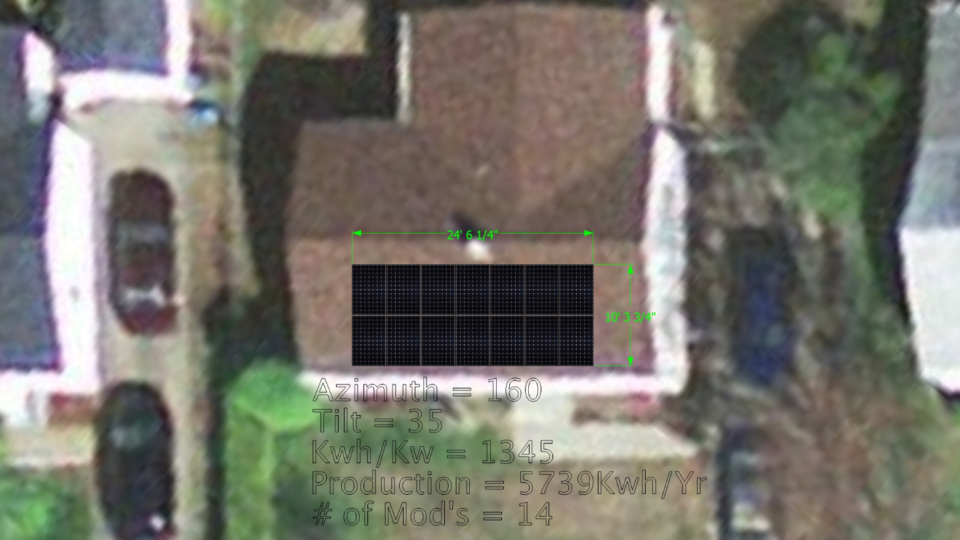Solar FAQ: What Makes for the Optimal Solar Home?
We’ve yet to meet someone who doesn’t love the idea of saving money and going solar. So, we’ve come to find out that if it were possible, all Vermonter’s would power their house with solar. Unfortunately, not all houses were built with the goal of harnessing the sun’s power. The good news, though? The majority–about 60% of homes are good solar sites.
There are a bunch of factors that go into determining whether your house is viable for our solar program. The best thing to do is to fill out our quick form which provides all of the necessary information our professionally-trained designers need to determine if your house is right for solar. Some houses jump off the screen as perfect for solar. Alas, others are ruled out right away. But most require a visit from one of our solar evaluators to analyze all the many pieces.
Here, in a nutshell, is what goes into deciding if solar can work for your home:
Roof Direction
The direction your roof faces (aka”azimuth”) is of utmost importance when it comes to putting the panels to use capturing solar energy. Because we live so far North on the planet, the sun arcs across our sky significantly to the south. Solar south is best, but there is a lot of leeway for our panels which lead the industry in efficiency.
Roof Pitch
Pitch is also key for optimal solar energy creation because we need the panels to get direct sunlight. The ideal pitch is 30-45 degrees, but we can go as low as 10 degrees.
Pitch also matters in a snowy state like Vermont. Although snow will melt off the panels faster than the roof, having an angle helps the snow slide off the panels even quicker and lets them avoid being buried under two feet of snow.
Roof Material
Roof installation is a straight-forward process for our skilled union professionals – and most roofing materials used by Vermonters are great for solar. Asphalt shingle, metal and standing seam roofs – piece of cake. Slate and cedar shake don’t work. And while flat, rubber membrane roofs are possible, for now, we’re focusing on the pitched variety.
Roof Size
When it comes to solar, your roof provides precious real estate. We seek to size your solar system to provide all the electricity you need, but a small roof might not be able to host the number of panels you need. Sometimes this can be tricky, but our designers are master puzzle-makers to fit the panels just so.
Amount of Sunlight
VT is known for its forests and quaint houses in the woods; yet, these wooded lots or that one huge maple may be the reason that solar can’t work for you. Some folks are open to taking down some trees to open their roof to solar power. Others aren’t. If shade is an issue, we’ll discuss your options and let you decide what’s best for you.
Your Energy usage
The amount of electricity you use determines how many panels you’d need. So we design your system to provide just the power you need. On average, Vermonters spend about $100 per month on electricity, and we strive to design a solar system that will provide you the electricity you need with no money down and a monthly payment at or below what you were paying the utility. But as you’ve learned in this posting, variables will determine if and how solar can work for your unique home.
What other questions do you have? We’re happy to answer questions that you have here, on our Facebook page or in person at an event or on the phone. If you have very specific questions about your house we highly recommend that you fill out our house form so that our super skilled designers can put together a more comprehensive design.

